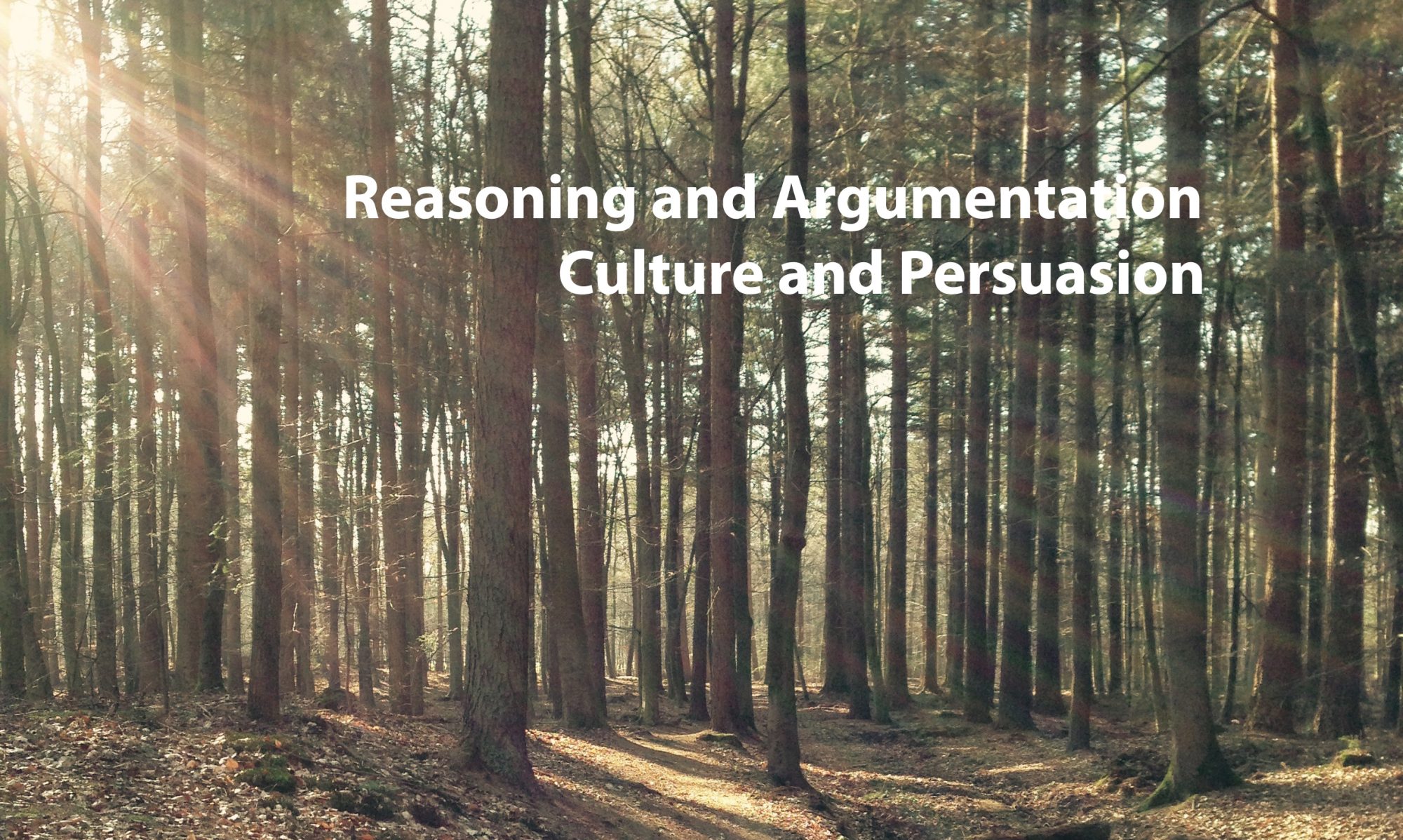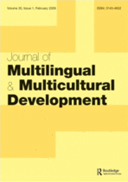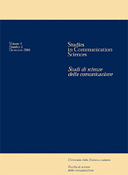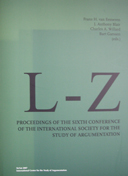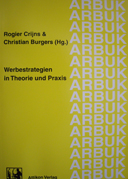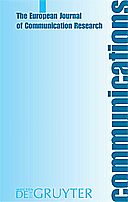 Whereas there are many publications in which argumentation quality has been defined by argumentation theorists, considerably less research attention has been paid to lay people’s considerations regarding argument quality. Considerations about strong and weak argumentation are relevant because they can be compared with actual persuasive success. Argumentation theorists’ conceptions have to some extent been shown to be compatible with actual effectiveness, but for lay people such compatibility has yet to be determined. This study experimentally investigated lay people’s expectations about the persuasiveness of anecdotal, statistical, causal, and expert evidence, and compared these expectations with the actual persuasiveness of these evidence types. Dutch and French participants (N = 174) ranked four types of evidence in terms of their expected persuasiveness for eight different claims. Both cultural groups expected statistical evidence to be the most persuasive type of evidence to other people, followed by expert, causal, and, finally, anecdotal evidence. A comparison of these rankings with the results of Hornikx and Hoeken (2007, Study 1) on the actual persuasiveness of the same evidence types reveals that people’s expectations are generally accurate: How relatively persuasive they expect evidence types to be often corresponded with their actual persuasiveness.
Whereas there are many publications in which argumentation quality has been defined by argumentation theorists, considerably less research attention has been paid to lay people’s considerations regarding argument quality. Considerations about strong and weak argumentation are relevant because they can be compared with actual persuasive success. Argumentation theorists’ conceptions have to some extent been shown to be compatible with actual effectiveness, but for lay people such compatibility has yet to be determined. This study experimentally investigated lay people’s expectations about the persuasiveness of anecdotal, statistical, causal, and expert evidence, and compared these expectations with the actual persuasiveness of these evidence types. Dutch and French participants (N = 174) ranked four types of evidence in terms of their expected persuasiveness for eight different claims. Both cultural groups expected statistical evidence to be the most persuasive type of evidence to other people, followed by expert, causal, and, finally, anecdotal evidence. A comparison of these rankings with the results of Hornikx and Hoeken (2007, Study 1) on the actual persuasiveness of the same evidence types reveals that people’s expectations are generally accurate: How relatively persuasive they expect evidence types to be often corresponded with their actual persuasiveness.
- Hornikx, J. (2008). Comparing the actual and expected persuasiveness of evidence types: How good are lay people at selecting persuasive evidence? Argumentation, 22 (4), 555-569. [pdf]
